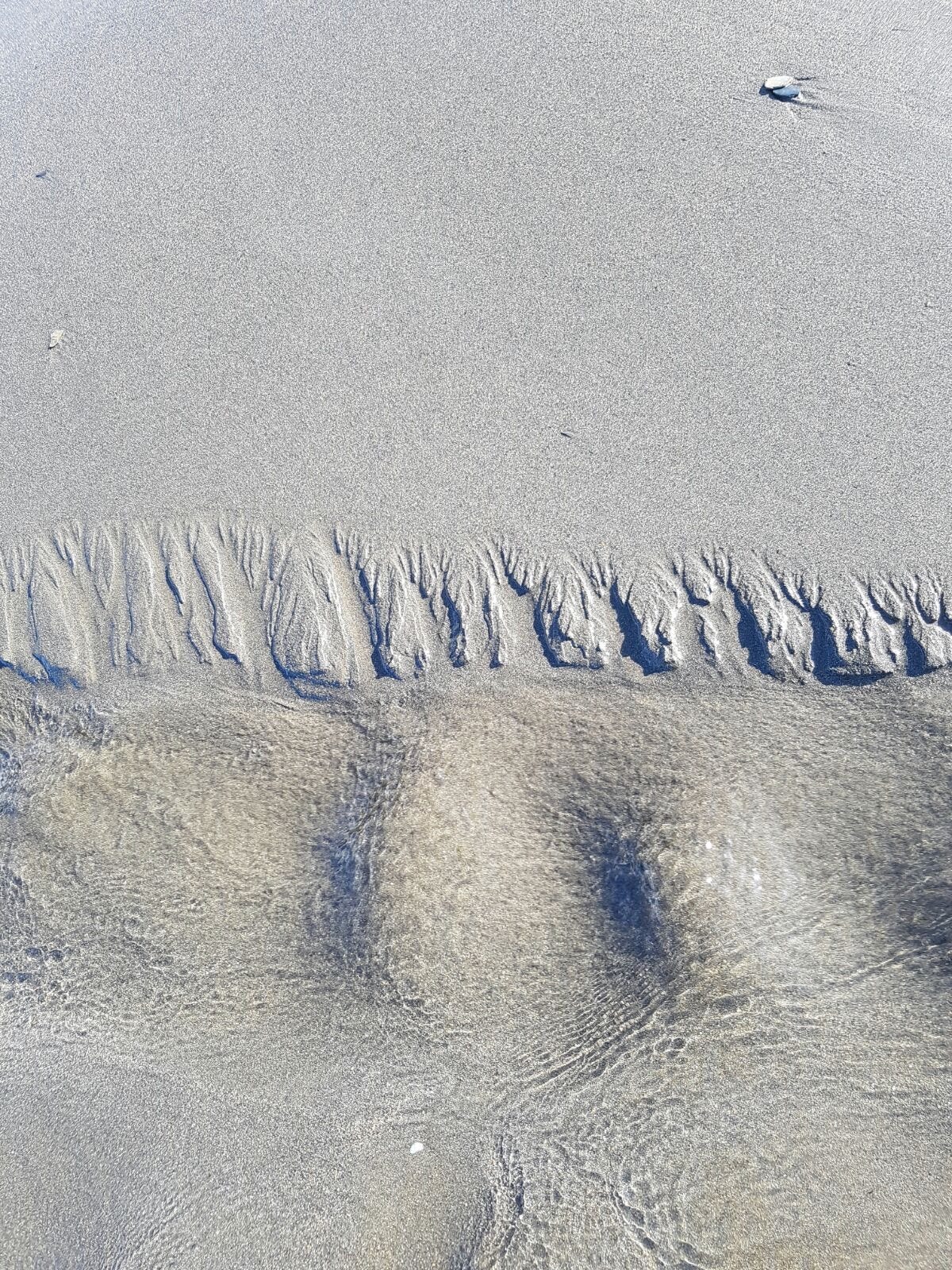Transgenerational Trauma
Descendants of grief, carriers of resilience
Transgenerational trauma. A clinical phrase—dry, precise, abstract. And yet, behind it: terror, suffering, dislocation, grief that swells behind the ribs with nowhere to go. You may have come across the term in therapy, in books, or within your own life. Perhaps you work with it. And without doubt, it is in front of our eyes right now. But like many psychological concepts, its meaning often remains split off from the raw human experience it attempts to describe.
In this piece, I want to trace a wider view—beyond the individual symptom or inherited wound—toward the collective patterns that shape us. Because to understand trauma as something passed between people is to also understand the world we keep building in its image.
None of us are immune from the transmission of unspoken wounds passed through family lines. But it’s important to widen the frame—to understand how transgenerational trauma helps explain the unbearable cycles of repeating violence playing out in our world, and to remind us of the power of the collective to both wound and heal.
When a generation lives through large-scale trauma—war, genocide, famine, forced displacement—that entire generation has no choice but to prioritise survival over processing terrible events. In such times of crisis, there is no emotional or physical safety. The BodyMind goes into shock and trauma gets ‘repressed’—that is, swallowed and deeply internalised. What is swallowed doesn’t disappear—it gets stored in the nervous system, and silently deposited in family systems and the collective field.
This unprocessed trauma becomes an invisible weight, passed on through gesture, absence, tension… not as memory, but as atmosphere. It shows up in symptoms that don’t make sense. In a child who grows up with an emptiness they can’t name. In a family that never speaks of what came before. In a body that is always bracing.
Most painfully, it is the children of the next generation who are tasked with processing this trauma at some later time—but the time when there is enough safety, security, and emotional resources may never come. And even if it does, the wounds of the past can be so entrenched that they cannot yet come to light. This is how the loop continues.
A loop that perpetuates emotional and physical violence with the only infantile coping mechanism available—evacuation, where the pain must continually be placed elsewhere, acted out on another body. It is the PAST in the PRESENT: unconscious, unmourned, enacted and stuck on repeat.
This is not just a psychological mechanism—it is a cultural architecture. The ache that cannot be faced in one generation will be rebuilt in another: as border, as punishment, as war.
What is denied in the individual becomes policy in the collective. What is split off in a father becomes the rage of a nation. What is buried in one generation resurfaces in the next—until enough people are able to turn toward it, and say: no more.
To do this work—to feel what wasn’t ours, but lives in us—requires more than insight. It takes the safety of basic resources, the privilege of time, the support of others, and the courage to stay close to the wound without collapsing into it. And we cannot shift the current of an entire generation alone. We either heal in community, or we don’t.
But this, too, is part of what we inherit. Not only trauma, but the capacity to heal it.
Not only pain, but the love that continued despite it. We are the descendants of unspeakable grief—but also of astonishing resilience, ancestral wisdom, and quiet acts of care.
Some of what you carry isn’t yours to fix, but it is yours to feel.
Never underestimate the power of turning towards your own shadows, your own privilege, your own projections. Every piece is part of a much bigger whole.


